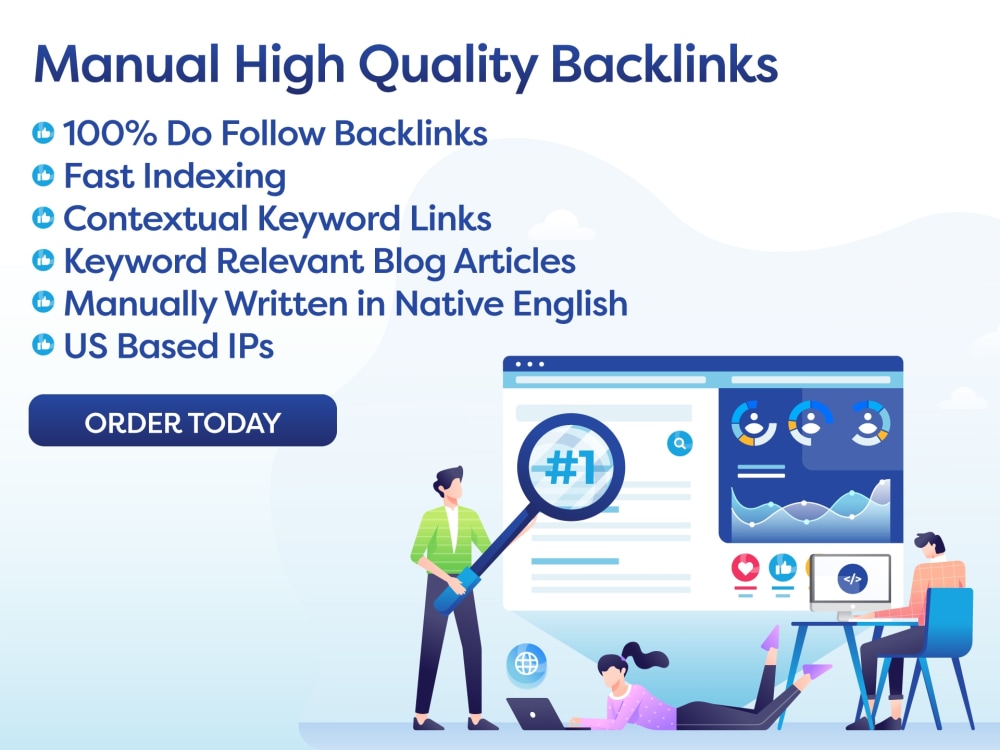Custom search engine optimization (SEO) is vital for businesses to reach their target audience online amidst fierce competition. Key aspects include tailored optimization efforts, local SEO for geographical targeting, mobile optimization, and using analytics to measure success. Keyword research, site structure optimization, quality content, and link building are essential for custom SEO. Google My Business optimization and local citations help in local SEO, while responsive design, fast page speed, and voice search optimization are crucial for mobile SEO. Monitoring organic traffic, keyword rankings, and conversion rates are essential, along with implementing the recommended action plan to improve SEO performance and drive more qualified leads.
In the world of digital marketing, **custom search engine optimization** (SEO) has become an essential strategy for businesses looking to reach their target audience online. With the constant changes in search engine algorithms and the ever-increasing competition for top spots in search results, it’s more important than ever to implement customized SEO tactics to improve visibility and drive organic traffic to your website.
**Key Takeaways:**
1. **Understanding the Basics of Custom Search Engine Optimization:** Custom SEO involves tailoring your optimization efforts to your specific target audience and business goals. This includes keyword research, site structure optimization, content creation, and link building strategies.
2. **The Importance of Local SEO:** Local SEO is crucial for businesses targeting a specific geographic area. This involves optimizing your website for local search terms, creating local business listings, and earning positive reviews from customers in your area.
3. **The Role of Mobile Optimization:** With the majority of internet users now accessing websites on mobile devices, it’s essential to ensure your website is mobile-friendly. This includes responsive design, fast-loading pages, and optimizing content for mobile users.
4. **Measuring Success with Analytics:** Tracking the performance of your SEO efforts is crucial for understanding what’s working and what’s not. Using tools like Google Analytics can help you monitor key metrics like organic traffic, keyword rankings, and conversion rates.
**Understanding the Basics of Custom Search Engine Optimization:**
**1. Keyword Research:** One of the first steps in custom SEO is conducting thorough keyword research to identify the terms and phrases your target audience is searching for. By understanding the language they use, you can optimize your website to rank for those keywords and attract relevant traffic.
**2. Site Structure Optimization:** A well-organized website structure not only improves user experience but also makes it easier for search engines to crawl and index your pages. This includes optimizing URLs, title tags, meta descriptions, and heading tags to align with your target keywords.
**3. Content Creation:** High-quality, informative content plays a crucial role in SEO success. By creating content that addresses the needs and interests of your target audience, you can attract organic traffic, earn backlinks, and establish your website as an authority in your industry.
**4. Link Building:** Building a strong backlink profile is essential for improving search engine rankings. By earning links from reputable websites in your industry, you can improve your website’s authority and credibility in the eyes of search engines.
**The Importance of Local SEO:**
**1. Optimizing Google My Business:** Creating and optimizing your Google My Business listing is a crucial step in local SEO. This includes providing accurate business information, uploading high-quality photos, and earning positive reviews from customers.
**2. Local Citation Building:** Building local citations on online directories and review sites can help improve your website’s visibility in local search results. Make sure your business information is consistent across all platforms to avoid confusion for potential customers.
**3. Location-Based Keywords:** Including location-based keywords in your website content, meta tags, and anchor text can help improve your website’s visibility in local search results. This includes mentioning your city, neighborhood, or region in your content where relevant.
**The Role of Mobile Optimization:**
**1. Responsive Design:** A responsive website design ensures that your site looks and functions well on all devices, including smartphones and tablets. This improves the user experience and can help improve your search engine rankings.
**2. Fast Page Speed:** Mobile users expect fast-loading pages, so optimizing your website for speed is crucial. This includes minimizing large images, leveraging browser caching, and using a content delivery network (CDN) to deliver content more quickly.
**3. Optimizing for Voice Search:** With the rise of voice-enabled devices like Siri and Alexa, optimizing your website for voice search is becoming increasingly important. This includes using conversational keywords, creating FAQ pages, and structuring content in a way that answers common questions.
**Measuring Success with Analytics:**
**1. Tracking Organic Traffic:** Monitoring your website’s organic traffic is a key metric to measure the success of your SEO efforts. Tools like Google Analytics can help you track changes in organic traffic over time and identify trends.
**2. Monitoring Keyword Rankings:** Keeping an eye on your keyword rankings can help you understand which terms are driving traffic to your website and which ones need improvement. Tools like SEMrush and Ahrefs can help you track your keyword rankings and identify opportunities for optimization.
**3. Conversion Rate Optimization:** Ultimately, the goal of SEO is to drive conversions on your website. By monitoring key metrics like bounce rates, time on site, and conversion rates, you can identify areas for improvement and optimize your website for better results.
**Action Plan:**
Based on the key points discussed, here is an action plan for businesses looking to improve their custom search engine optimization:
1. Conduct thorough keyword research to identify relevant terms for your target audience.
2. Optimize your website structure, content, and link profile to align with your SEO goals.
3. Implement local SEO strategies to improve visibility in your target geographic area.
4. Ensure your website is mobile-friendly and optimized for voice search.
5. Monitor your SEO performance using tools like Google Analytics and adjust your strategies as needed.
**Conclusion:**
Custom search engine optimization is a critical strategy for businesses looking to improve their online visibility and drive organic traffic to their websites. By understanding the basics of SEO, optimizing for local search, prioritizing mobile optimization, and monitoring performance with analytics, businesses can improve their search engine rankings and attract more qualified leads.
**FAQ:**
– What is custom SEO?
Custom SEO involves tailoring optimization efforts to a specific target audience and business goals, rather than using a one-size-fits-all approach.
– Why is local SEO important?
Local SEO is crucial for businesses targeting a specific geographic area, as it helps improve visibility in local search results and attract customers in the proximity of your business.
– How can I measure SEO success?
Tracking key metrics like organic traffic, keyword rankings, and conversion rates using tools like Google Analytics can help you understand the performance of your SEO efforts and make adjustments as needed.

